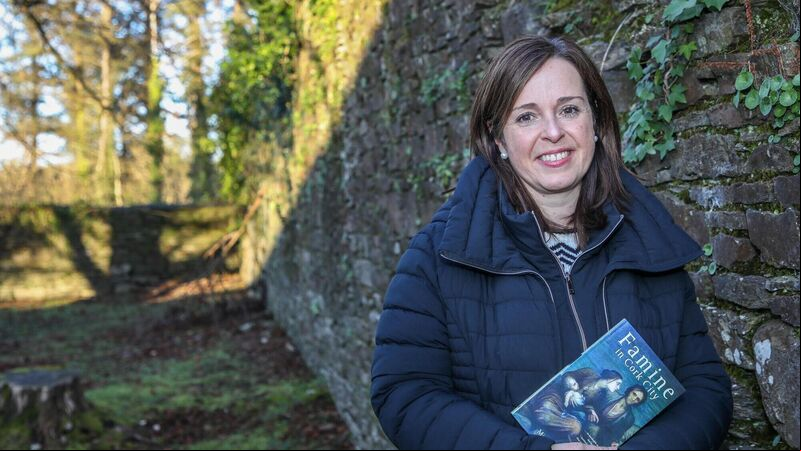Horror stories of how Famine affected Cork recalled in book

History consultant and author, Michelle O'Mahony with her book Famine in Cork City. Picture: David Creedon
THE Great Famine is almost seared into Irish genetic memory. It is one of the most traumatic events in Irish history and there is no shortage of families with tales from the era that continue to haunt and horrify.







 App?
App?


